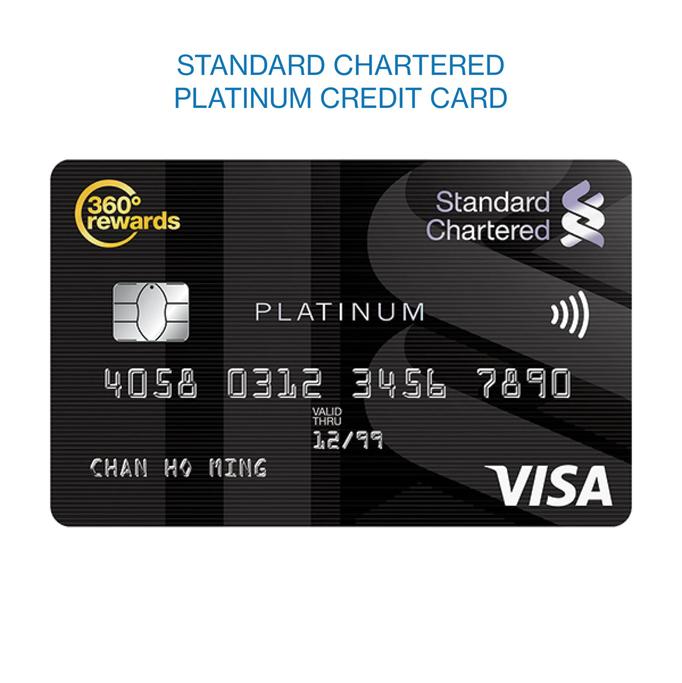Introduction
Credit criteria refers to the minimum standard for customer credibility when taking credit sales means, usually requires overdue DSO and bad debts The ratio is based on the basis for formulating standards. The setting of corporate credit standards directly affects the approval of customer credit applications, is an important part of enterprise formulating credit management policies.
Credit criteria is the minimum condition that customers receive enterprise commercial credit, usually expressed in the expected bad debt loss rate. If the company has done too much credit standard, many customers will be refused to do due to the criteria set by credit quality, and the results are conducive to the reduction of default risks and payment fees, but not conducive to corporate markets The improvement of competitiveness and the expansion of sales revenue. Conversely, if the enterprise accepts a lower credit standard, although it is conducive to the expansion of the company, it will increase market competitiveness and share, but it will also lead to increased bad debts losses and increases. Therefore, companies should identify suitable credit standards on the basis of cost and income comparative principles.
Evaluation
When setting a customer's credit standard, it is often necessary to evaluate the possibility of payment, and the popular way is "5C model", which is considered customers. Quality (Capacter), Capital, Collateral and Conditions (CONLLATAL).

Quality
The quality refers to the customer's reputation, that is, the possibility of fulfilling debt obligations. Therefore, companies must try to understand the customer's past payment records to see if they have a consistent practice of payment, and whether the relationship with other suppliers is good, this is often regarded as the primary element of customer credit.
Ability
The ability refers to the credit faithfulness of the customer, that is, the number and quality of its mobile (or quick) assets and the proportion of flow liabilities [2]. The more the company's mobile assets, the stronger the ability to convert to cash payment payments. At the same time, it should also pay attention to the quality of customer flow assets, see if there is too much inventory, excessive or quality, affecting its ability to change the ability and payment.
Capital
Capital refers to the financial strength and financial status of customers, indicating that customers may repay the background of debts. The manager judges through the constitutional status of corporate assets reflected by the financial ratio of the company, in which the proportion of tangible assets in total assets is very important.
mortgage
mortgage means that the customer can be used as a mortgage when the customer refuses to pay or unable to pay. This is especially important for customers who do not know the discontinuity or credit status. Once these customers are not received, they are quenched by collateral. If these customers provide sufficient mortgage, they can consider providing them to provide them with the corresponding credit.
Conditions
conditions refer to an economic environment that may affect customer payment capabilities. For example, if there is an economic loss, it will affect the customer's payment. How does the customer have to do, this requires a history of payment of customers in the past difficulties.
Effects
The role If the customer does not reach the credit standard, you cannot enjoy a variety of discounts given by business credit, or only a lower credit offer.
Internet credit index
Website brightness operation is due to the virtuality and openness of the network, the market entity should follow the website operation rules.
